83.77%
83.19%
76.23%
53.62%
33.62%
31.01%
51.01%
57.39%
20.58%
22.90%
49.86%
51.88%
9.86%
68.41%
37.39%
6.38%
11.30%
48.41%
13.62%
4.06%
5.8%
42.9%
44.06%
37.97%
98.84%
63.48%
15.07%
44.22%
24.64%
25.22%
19.71%
10.43%
6.67%
78.84%
99.71%
40.58%
89.57%
61.74%
26.67%
93.91%
75.65%
4.35%
4.64%
83.48%
56.23%
94.20%
96.81%
7.25%
24.35%
10.72%
23.77%
95.94%
58.84%
33.04%
32.75%
21.74%
2.9%
0.58%
1.45%
40.58%
72.17%
62.90%
67.83%
95.65%
61.16%
92.75%
Percentile rank for average annual particle pollution out of 327 urban areas using U.S. EPA data from 2021-2023 (Clean Air Task Force, 2023).
Particle pollution, or soot, occurs year-round. It is a mixture of solid particles and liquid droplets. Fine particles are a subset of this group, the smallest of which measure 2.5 microns or less in diameter–1/30th the width of a human hair.
PM2.5 is especially dangerous because the microscopic particles can be inhaled deeply into the lungs and enter the bloodstream, causing serious health effects. Toxic gases can also “hitchhike” into the body on fine particles, bypassing the defenses of our nose and throat.
Some particle pollution is emitted directly; other particle pollution forms when precursors–such as sulfur dioxides, nitrogen oxides and ammonia–combine in the atmosphere. Sources include power plants, coke- and steel-making facilities, other industrial facilities, residential wood burning, motor vehicles and construction equipment.

Energy Innovation Center – Suite 140
1435 Bedford Avenue
Pittsburgh, PA 15219